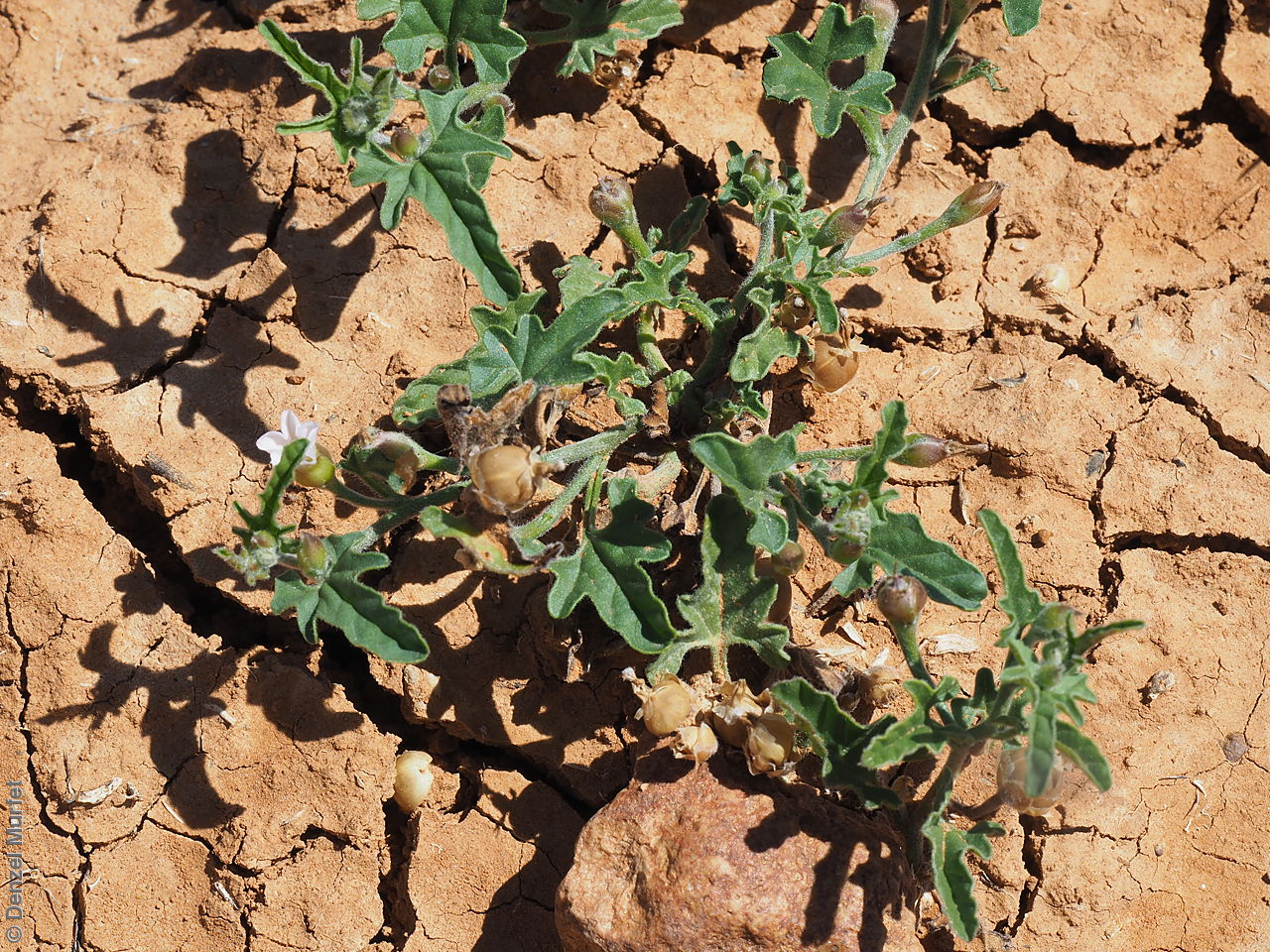
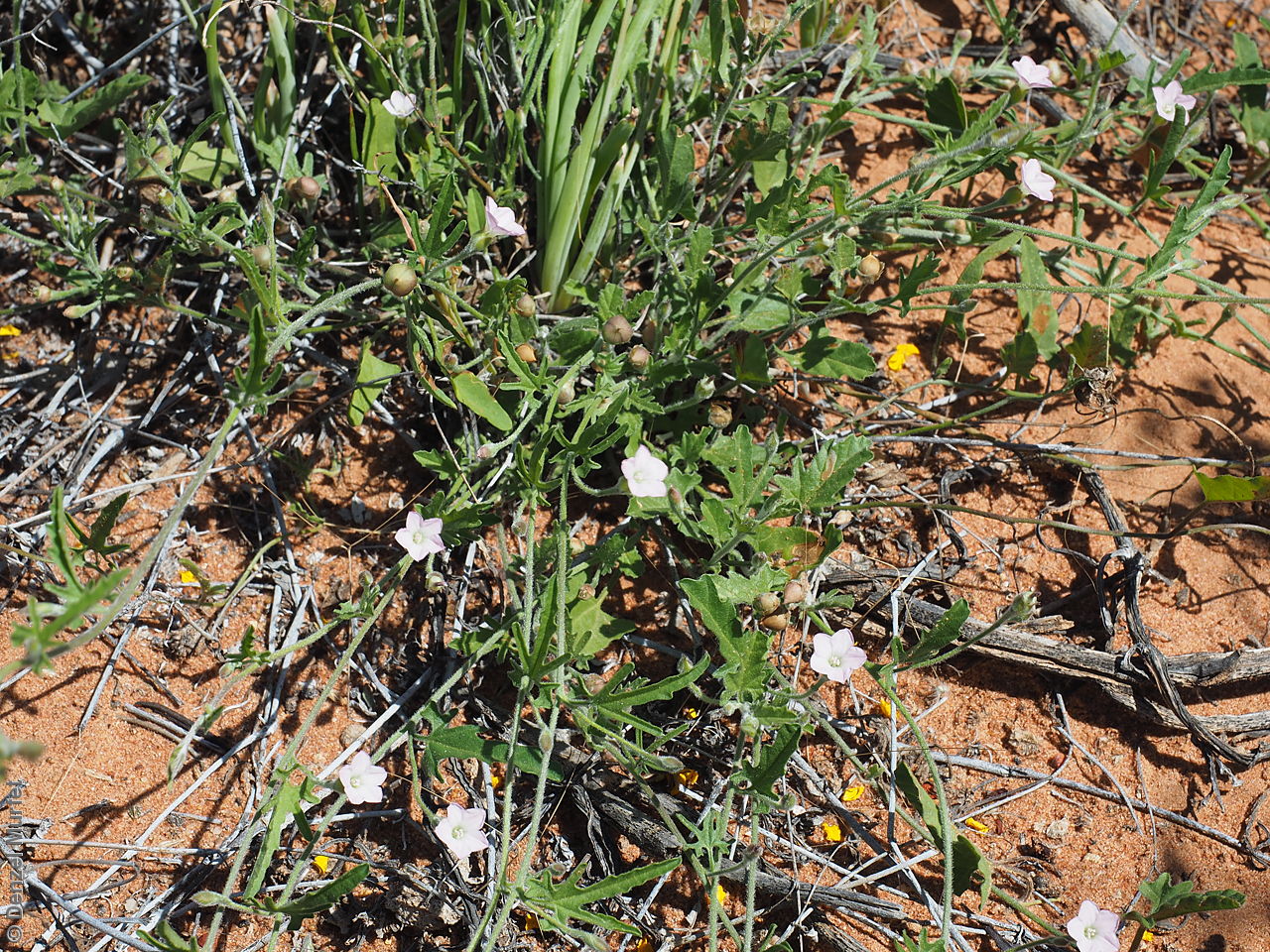
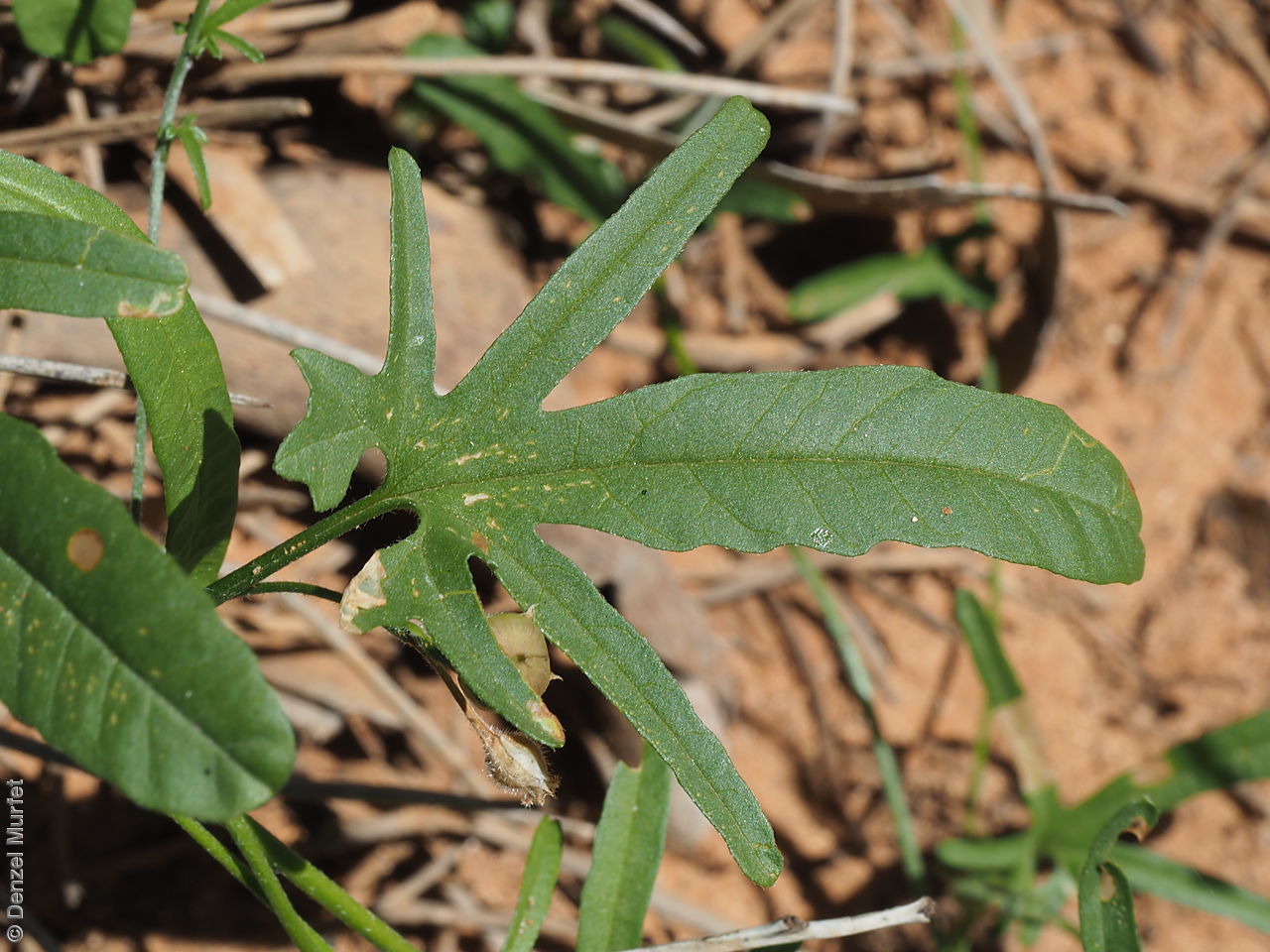
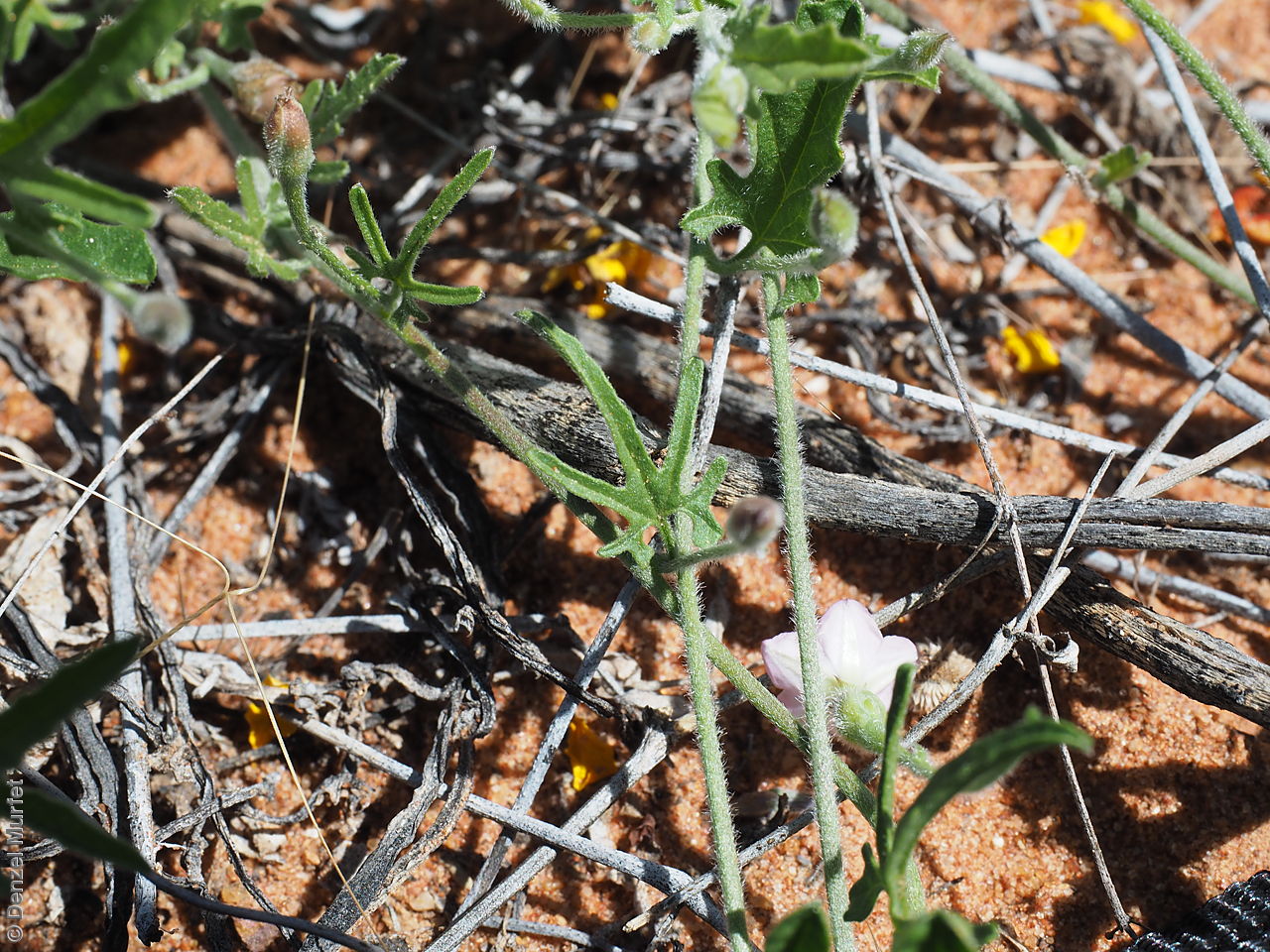
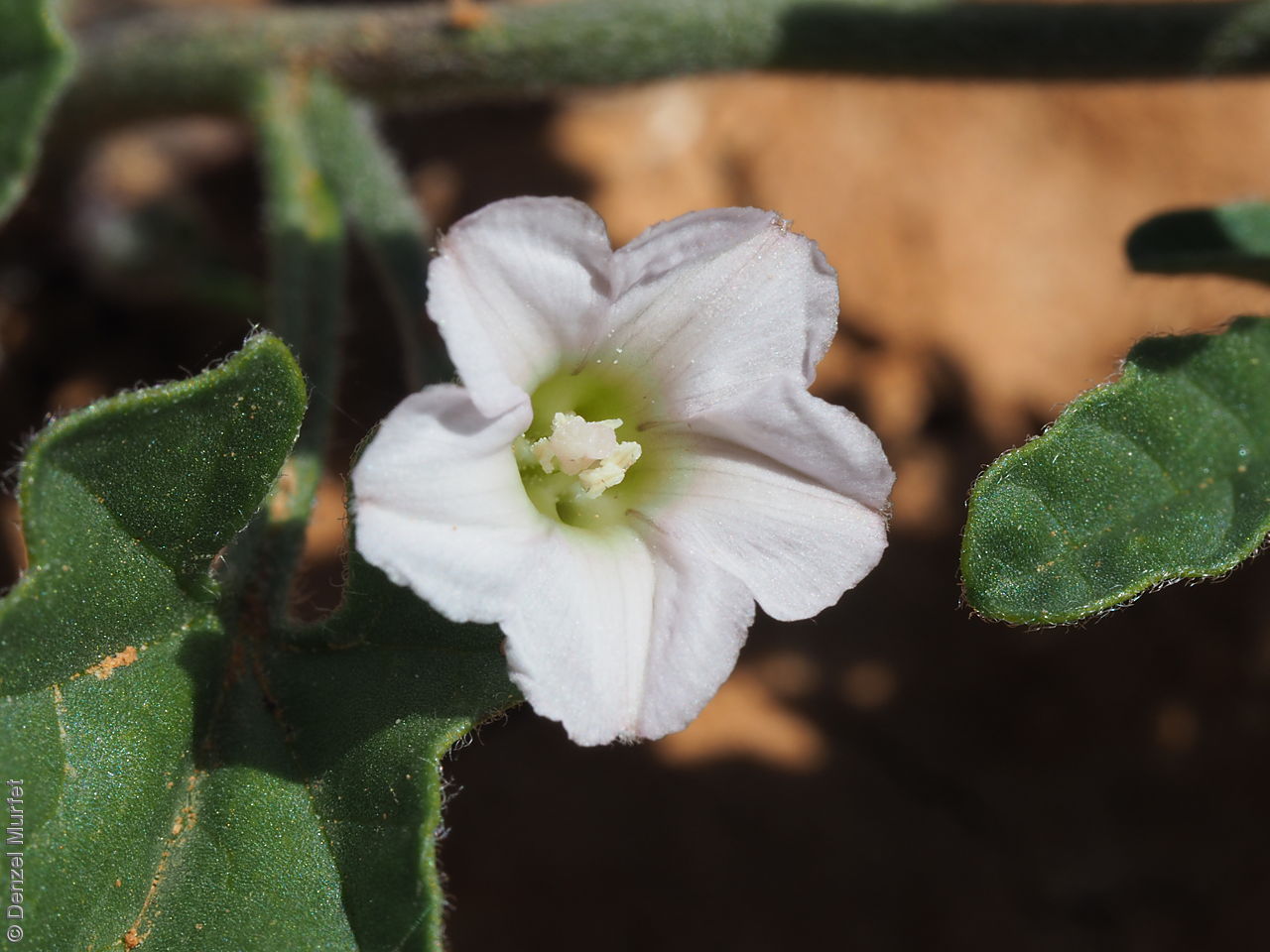
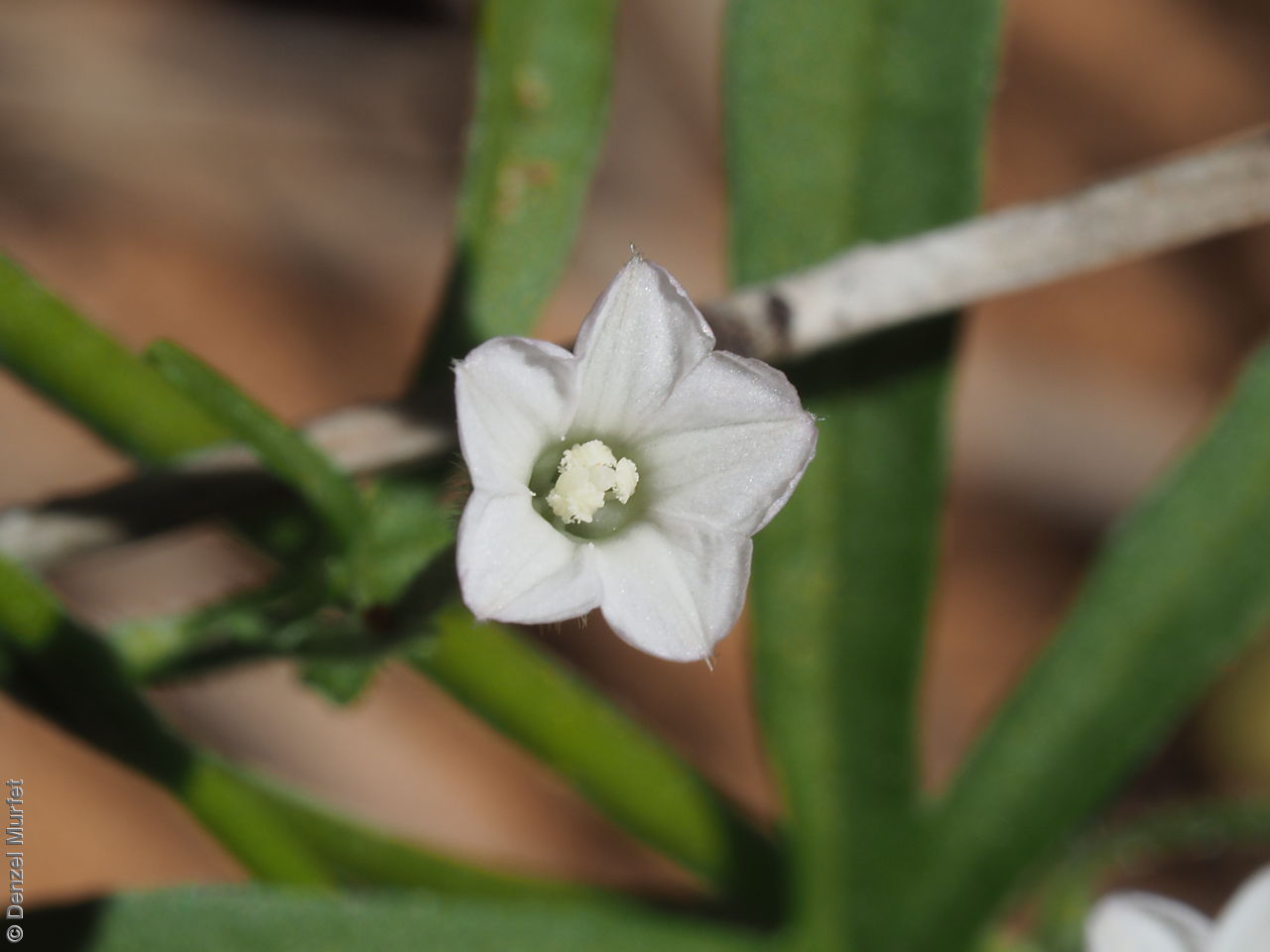
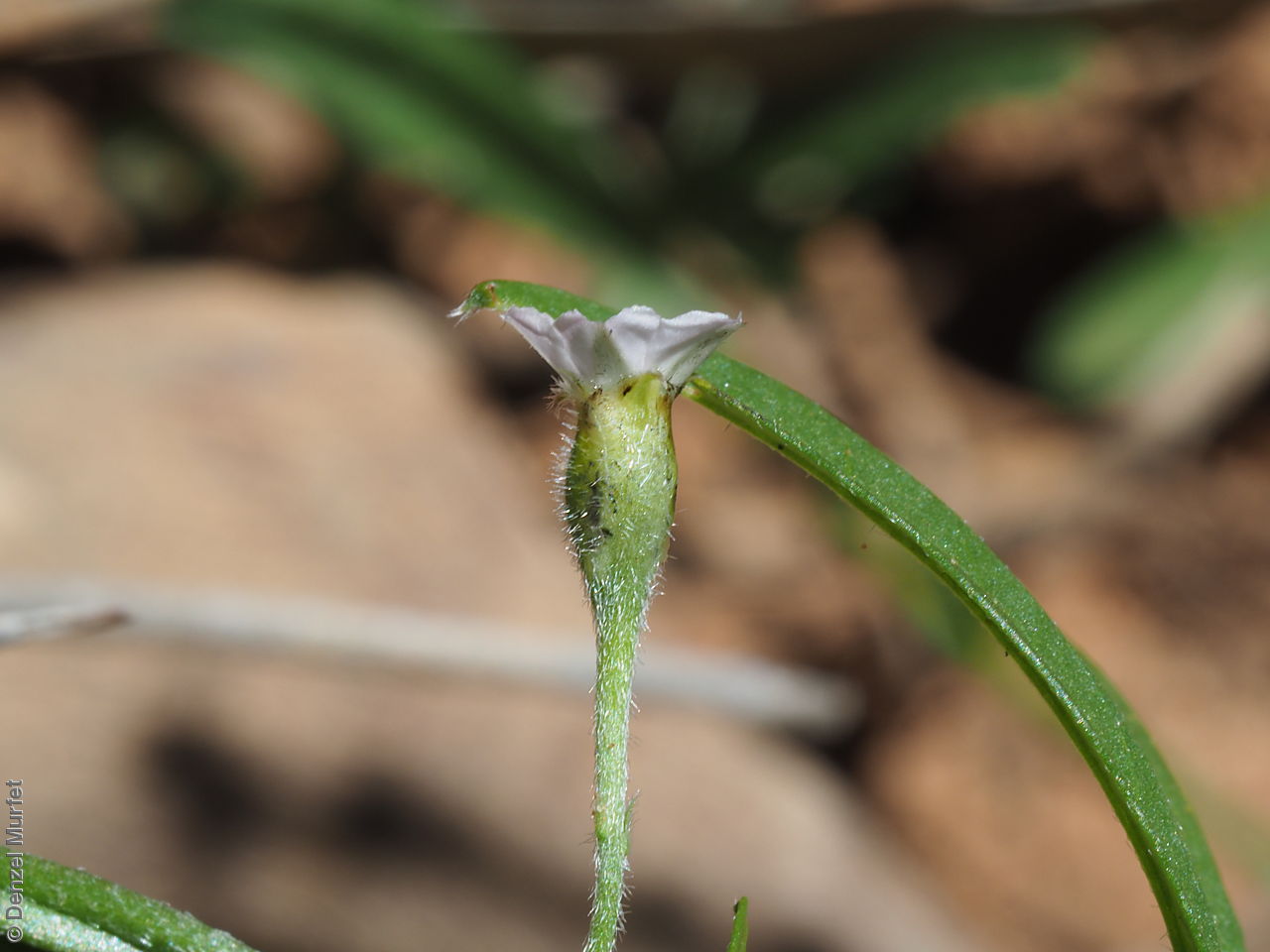
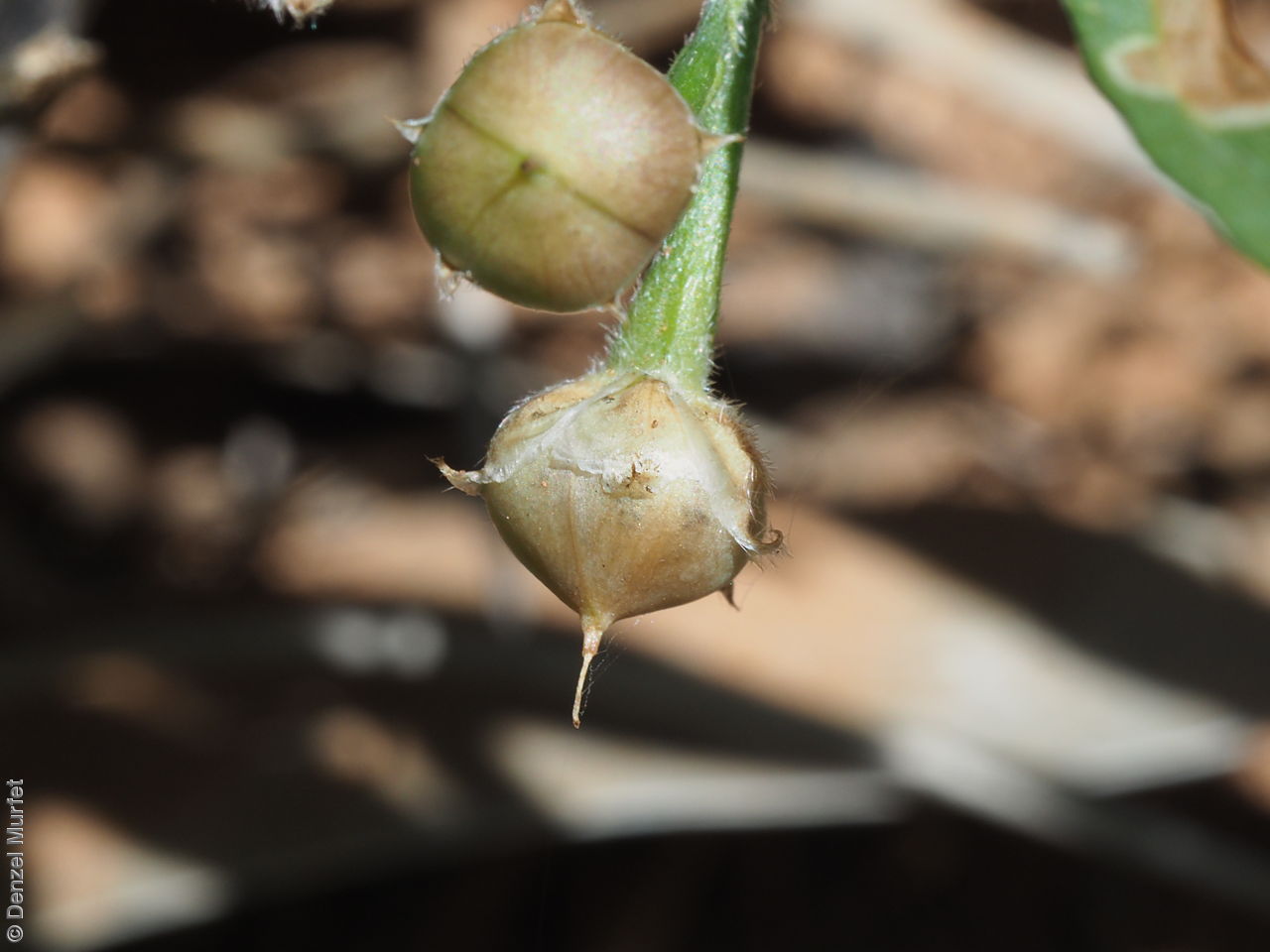
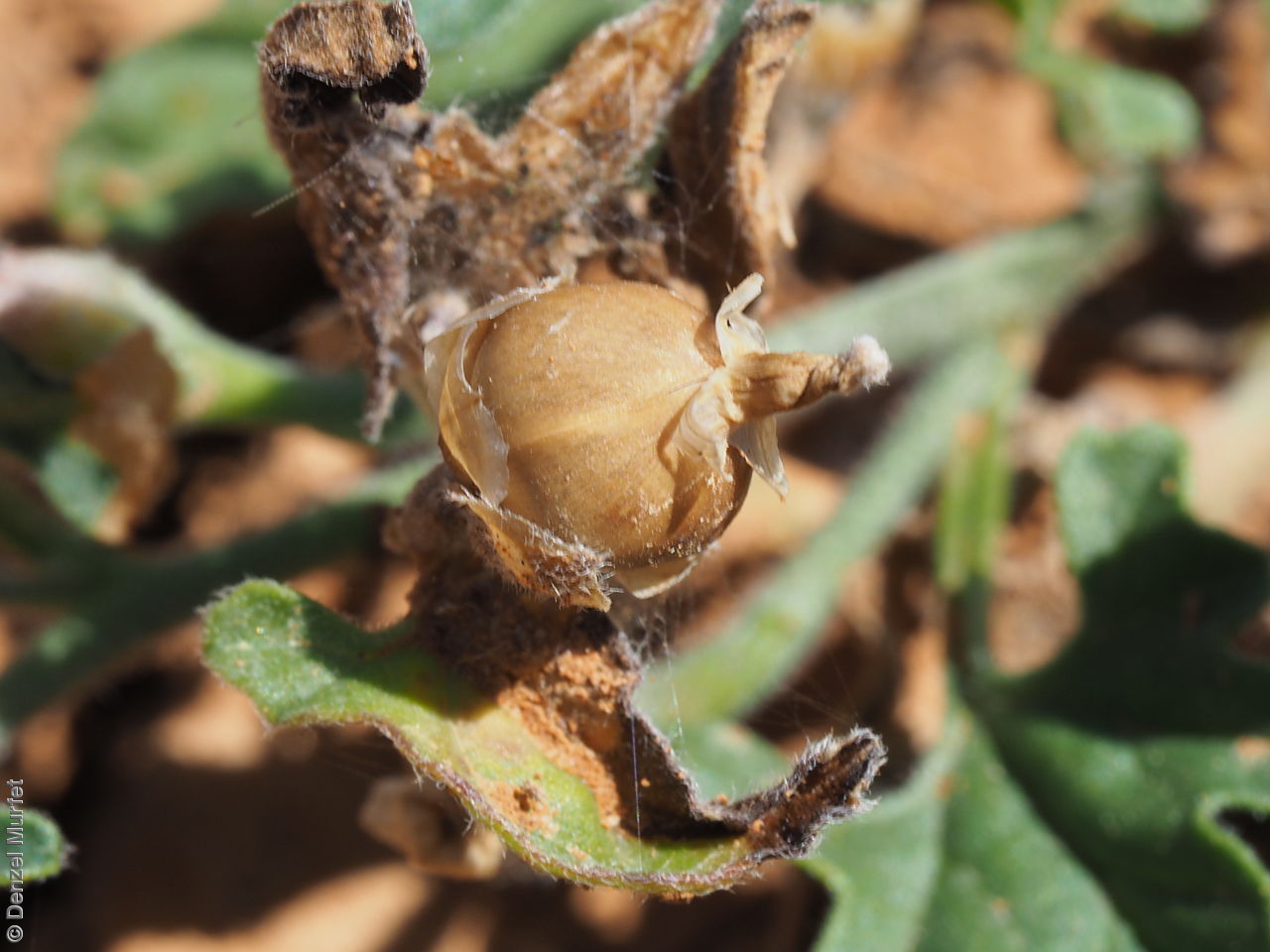
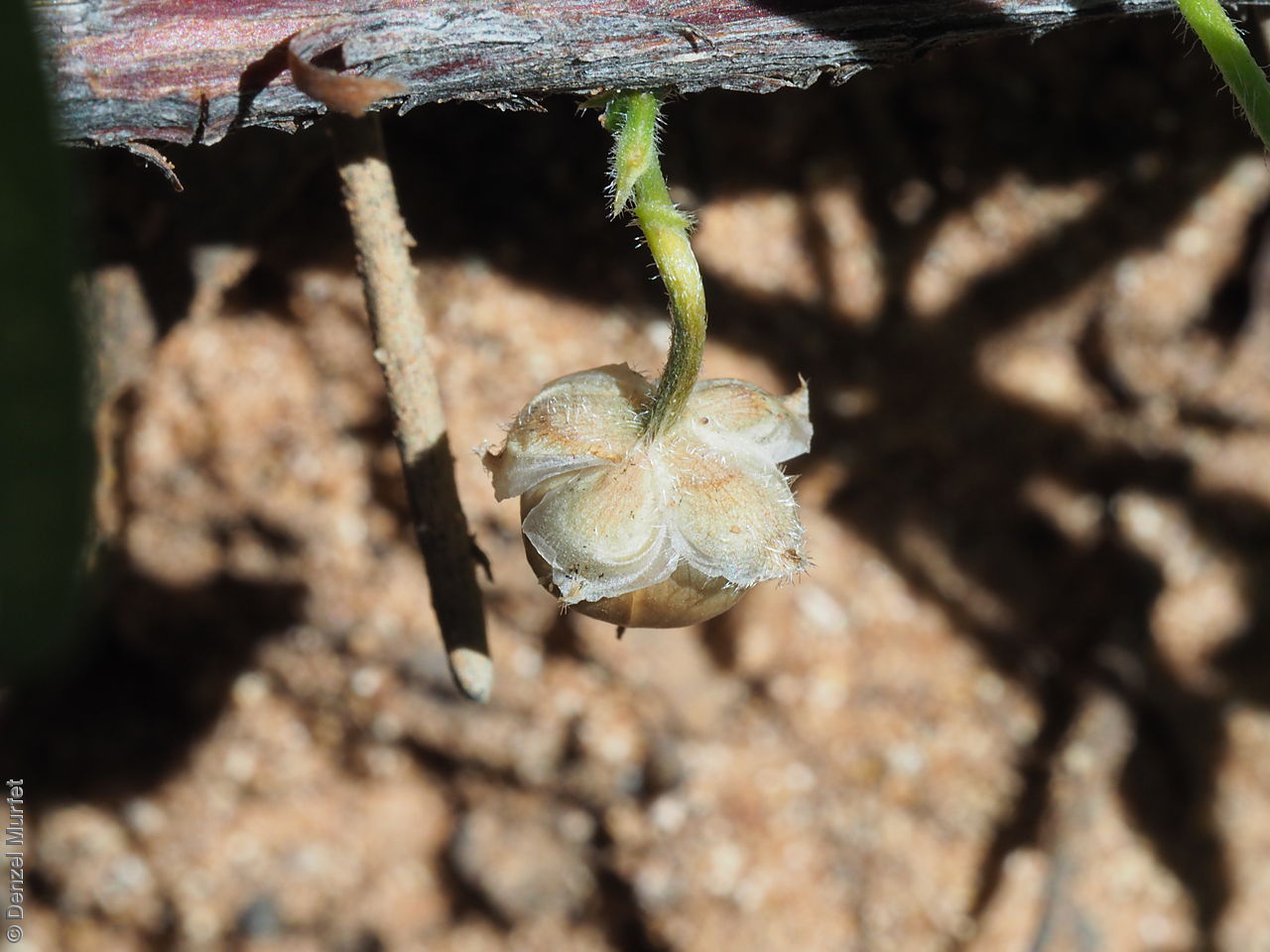
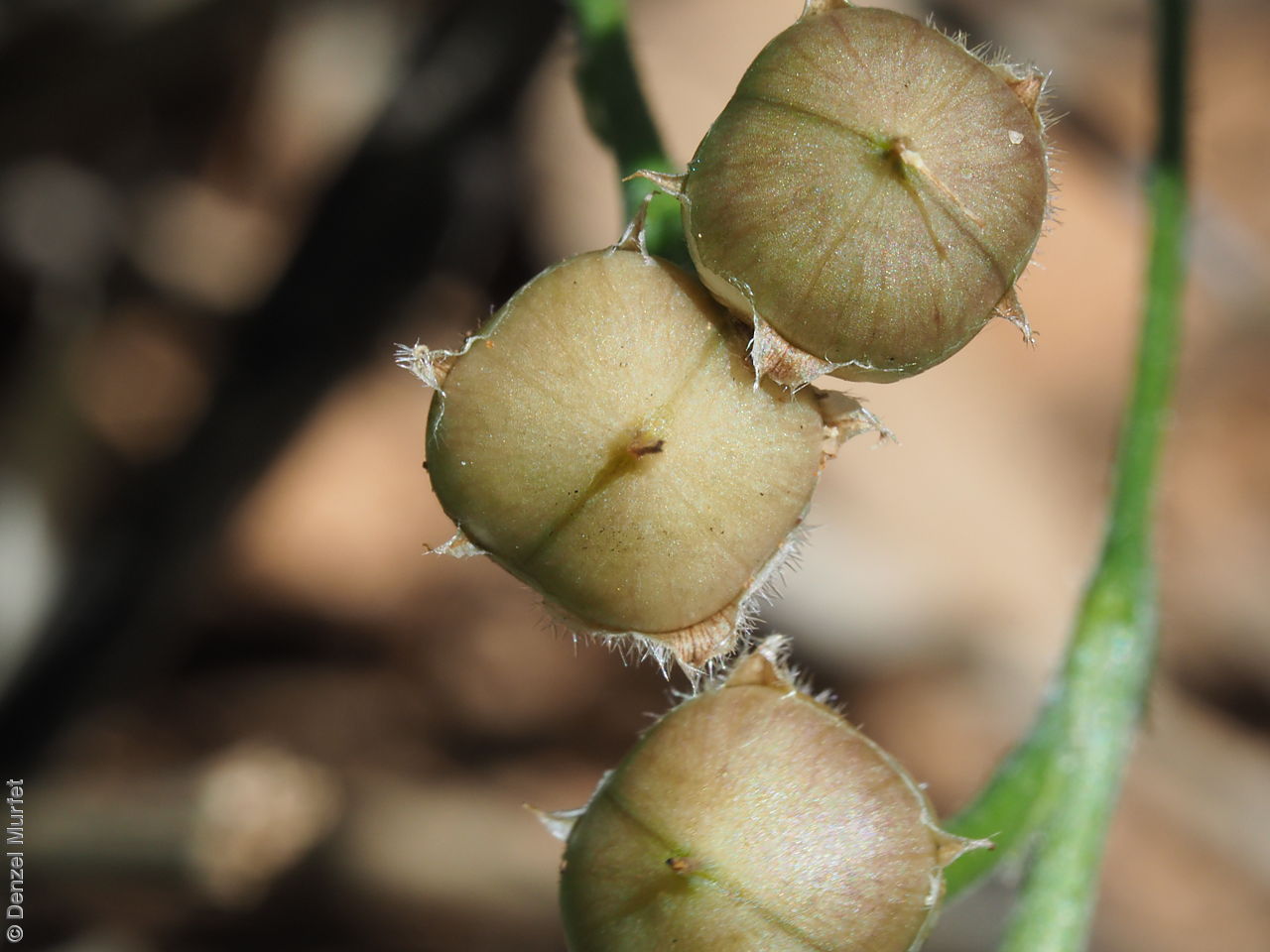
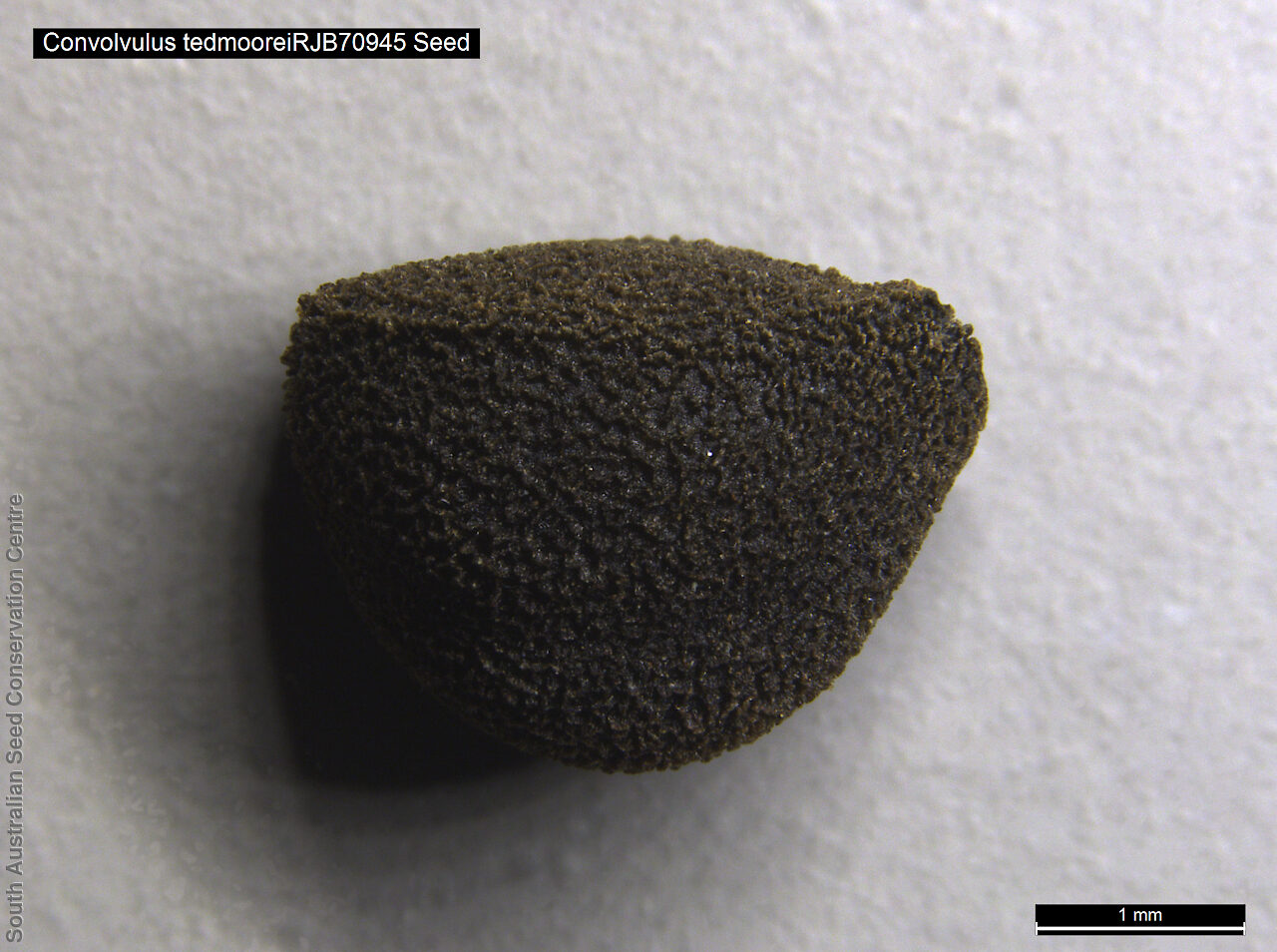
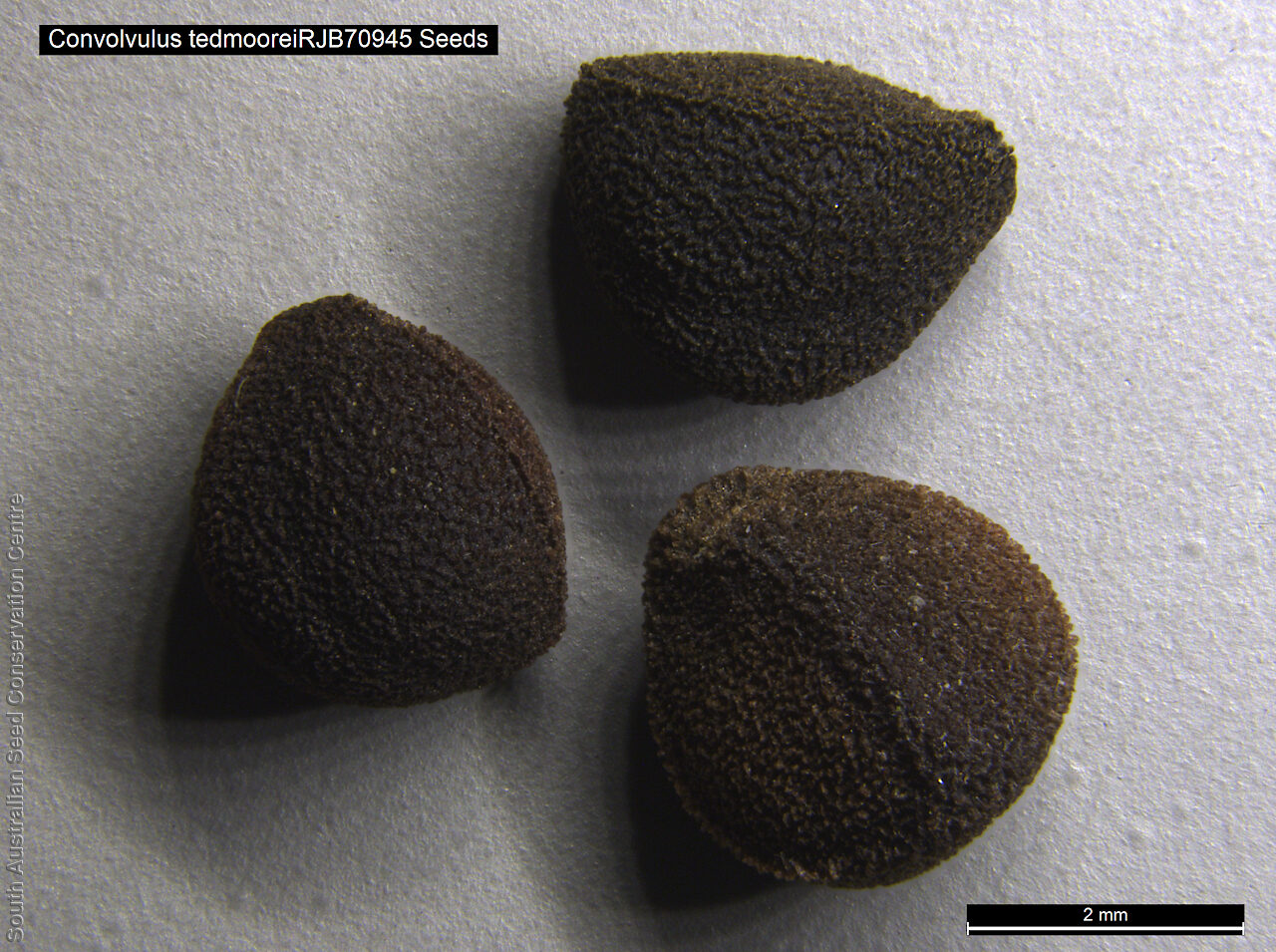

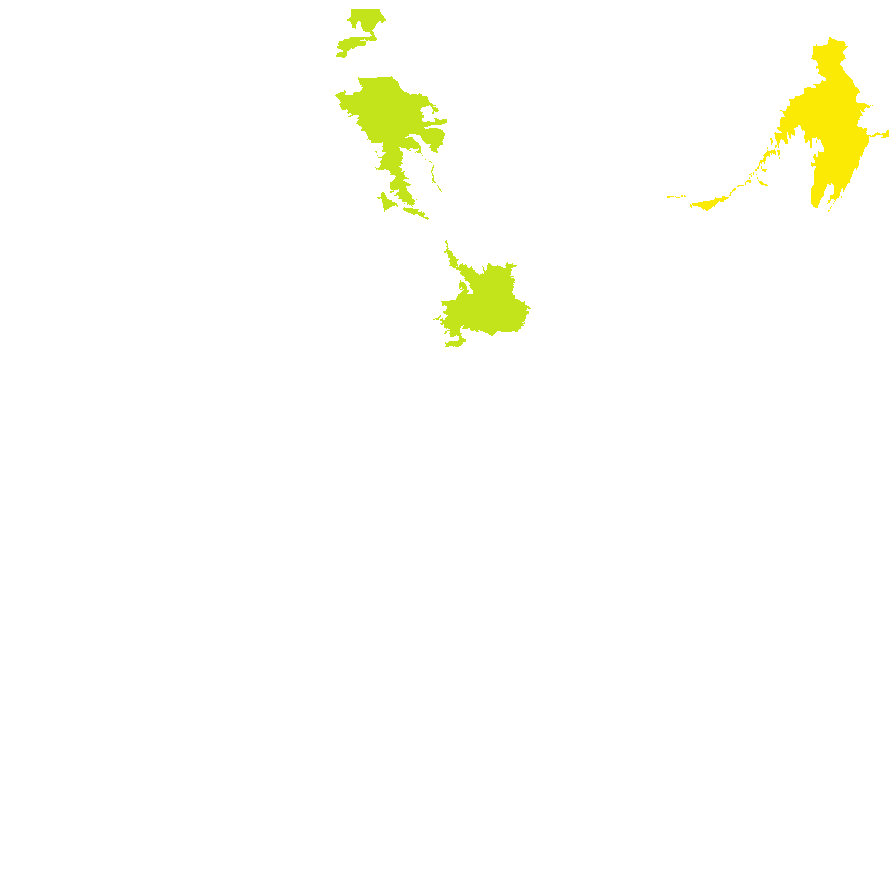
Prior names
Convolvulus erubescens, partly
Etymology
Convolvulus the Latin name of some bindweed, from 'convolvere' meaning to roll together or entwine. Tedmoorei named after Charles William Edwin (Ted) Moore (1908-2003), who undertook extensive ecological surveys and studies, mostly in western New South Wales and collector of the type specimen.
Distribution and status
Found in the north-east corner of South Australia, growing on alluvial plains on self-mulching grey clay and silty soils, often with gibbers, in grasslands and Atriplex shrublands and in gypseous areas and floodouts. Also found in Queensland and New South Wales. Native. Uncommon in South Australia. Rare in the other states.
Herbarium region: Lake Eyre
NRM region: South Australian Arid Lands
AVH map: SA distribution map (external link)
Plant description
Perennial herb with trailing stems. Leaves similar in shape from base to tip of the stem, in upper parts leaves shorter and with narrower lobes, blades heart-shaped, sparsely hairy. Flowers commonly 2 in each leaf axil, funnel-shaped, 5-lobed, white to pink, about 7 mm long and 8 mm diameter, flared to about 4.5 mm above base of the tube. Flowering between March and September. Fruits are brown spherical capsule to 7 mm long and wide, hairless and 2-segmented. Seeds are dark brown toblack secteroid seed to 3 mm long and 3 mm wide, surface finely rugose. Seed embryo type is folded.
Seed collection and propagation
Collect seeds between March and October. Collect capsules that are maturing, turning brown and contain hard seeds inside. Capsules can be opened or unopened and some seed can be collected from the ground under the plant. Place the capsules in a tray and leave to dry for one to two weeks. Then rub the capsules gently by hand or with a rubber bung to dislodge the seeds. Use a sieve to separate the unwanted material. Store the seeds with a desiccant such as dried silica beads or dry rice, in an air tight container in a cool and dry place. From one collection, the seed viability was high, at 90%. This species has physical dormancy that needs to be overcome for the seed to germinate (e.g. nicking the seed coat).
| Location | No. of seeds (weight grams) | Number of plants | Date collected | Collection number Collection location | Date stored | % Viability | Storage temperature |
|---|---|---|---|---|---|---|---|
| BGA MSB | 2,750 (32.38 g) 2,750 (32.38 g) | 13-Mar-2007 | RJB70945 Gairdner-Torrens | 1-Aug-2007 | 90% | +5°C, -18°C |
Number of plants: This is the number of plants from which the seeds were collected.
Collection location: The Herbarium of South Australia's region name.
% Viability: Percentage of filled healthy seeds determined by a cut test or x-ray.